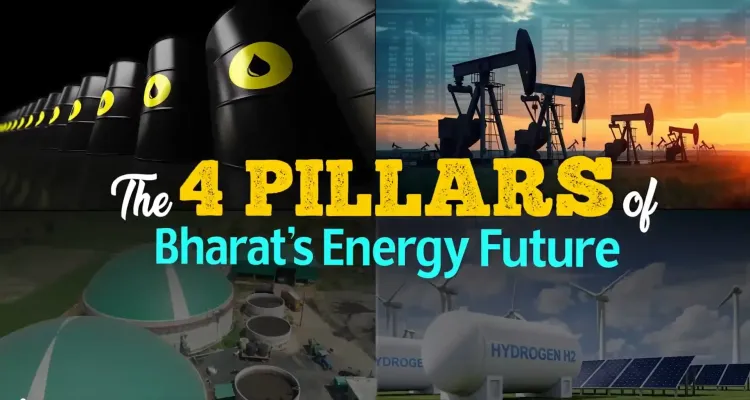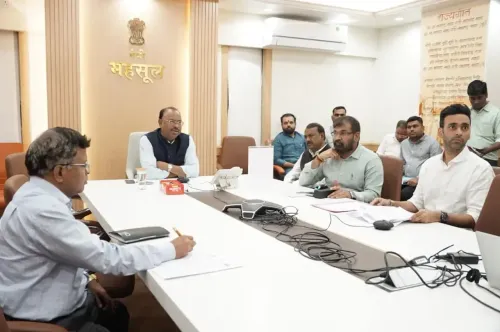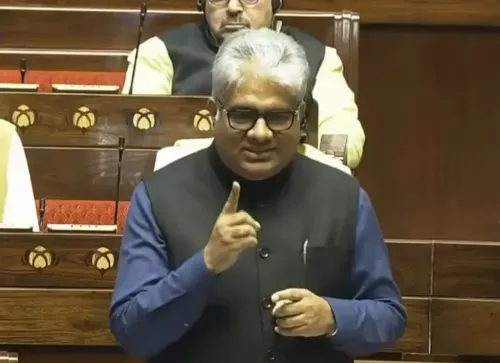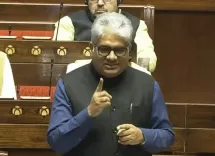Is India Building a Cleaner, Stronger, and Self-Reliant Energy Future?

Synopsis
Key Takeaways
- 99% of offshore areas opened for exploration.
- Crude import basket expanded to over 40 countries.
- Focus on innovation and domestic exploration.
- Green Hydrogen Mission signifies a commitment to clean energy.
- India-Russia oil trade has stabilized global prices.
New Delhi, Oct 19 (NationPress) Petroleum Minister Hardeep Singh Puri announced on Sunday that the government has made 99 percent of India’s offshore territories available for oil and gas exploration and expanded the crude import portfolio to over 40 nations from a previous 27. This is part of a four-pronged strategy aimed at establishing a future where energy is secure, affordable, and sustainable.
India’s energy evolution is founded on four robust pillars: diversification of crude imports, fostering innovation, boosting domestic oil and gas exploration, and ensuring a clean transition, as evidenced by the Green Hydrogen Mission and the 10.60 crore Ujjwala families benefiting from the Prime Minister’s subsidized LPG initiative, which replaces firewood and dung cakes with cleaner cooking fuel.
Under the guidance of Prime Minister Narendra Modi, India is constructing a cleaner, stronger, and self-sufficient energy future, the minister stated in a post on X.
On Thursday, the government indicated that its oil and gas import policies are entirely aligned with the interests of the Indian consumer amidst a fluctuating global energy market.
This announcement followed U.S. President Donald Trump's statement that Prime Minister Modi assured him of India's intention to reduce Russian crude oil purchases.
India is a major oil and gas importer, and our primary focus has been on protecting the interests of Indian consumers in this unpredictable energy landscape. Our import strategies aim to ensure stable energy prices and reliable supplies, while also diversifying our energy sources to meet market demands,” stated Randhir Jaiswal, spokesperson for the Ministry of External Affairs.
“In terms of U.S. relations, we have long sought to enhance our energy procurement, and discussions to deepen energy cooperation with India are ongoing,” he added.
Puri emphasized that India has effectively diversified its oil sourcing on the global stage.
India’s purchases of oil from Moscow have been crucial in stabilizing global prices, he indicated.
Without the India-Russia oil trade, crude oil prices could have surged to $130 per barrel at the onset of the Ukraine war in 2022.
Before the conflict, India sourced only 0.2 percent of its crude imports from Russia; this figure has now escalated to nearly 40 percent.










